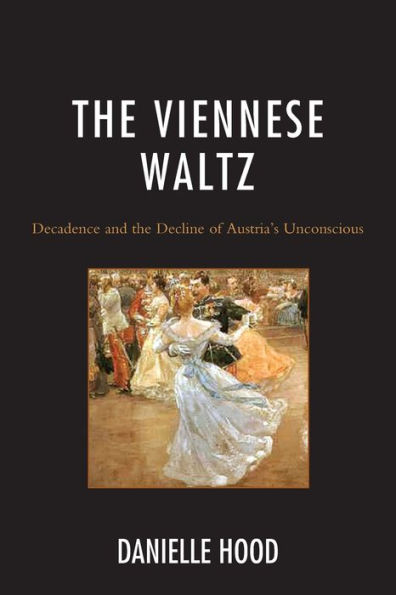Home
the Viennese Waltz: Decadence and Decline of Austria's Unconscious
Barnes and Noble
Loading Inventory...
the Viennese Waltz: Decadence and Decline of Austria's Unconscious in Franklin, TN
Current price: $105.00

Barnes and Noble
the Viennese Waltz: Decadence and Decline of Austria's Unconscious in Franklin, TN
Current price: $105.00
Loading Inventory...
Size: Hardcover
Satiricized by Strauss II to highlight the deceptive aristocratic class, under Schoenberg, Mahler, and Webern’s pens the waltz became the pivot between the conscious and unconscious, forcing a paralytic “second state” analogous with the stagnation of the Habsburg Empire.
The Viennese Waltz
shows how, between 1864 – 1928, the waltz altered from signifier of upper-class artificeto the link between man and nature and between Viennese and “Other.” Hood wields the Freudian concepts of the uncanny and the doppelgänger to explain this revolution from the simple signification of a dance to the psychological anxiety of a subject’s place in society.
The Viennese Waltz
shows how, between 1864 – 1928, the waltz altered from signifier of upper-class artificeto the link between man and nature and between Viennese and “Other.” Hood wields the Freudian concepts of the uncanny and the doppelgänger to explain this revolution from the simple signification of a dance to the psychological anxiety of a subject’s place in society.
Satiricized by Strauss II to highlight the deceptive aristocratic class, under Schoenberg, Mahler, and Webern’s pens the waltz became the pivot between the conscious and unconscious, forcing a paralytic “second state” analogous with the stagnation of the Habsburg Empire.
The Viennese Waltz
shows how, between 1864 – 1928, the waltz altered from signifier of upper-class artificeto the link between man and nature and between Viennese and “Other.” Hood wields the Freudian concepts of the uncanny and the doppelgänger to explain this revolution from the simple signification of a dance to the psychological anxiety of a subject’s place in society.
The Viennese Waltz
shows how, between 1864 – 1928, the waltz altered from signifier of upper-class artificeto the link between man and nature and between Viennese and “Other.” Hood wields the Freudian concepts of the uncanny and the doppelgänger to explain this revolution from the simple signification of a dance to the psychological anxiety of a subject’s place in society.

















